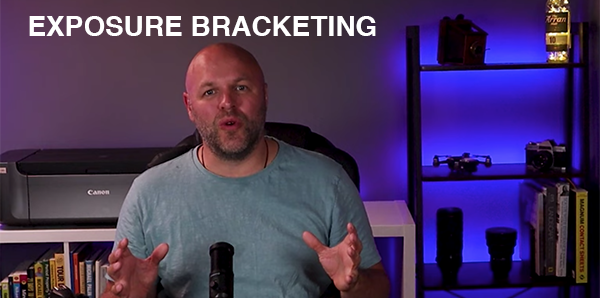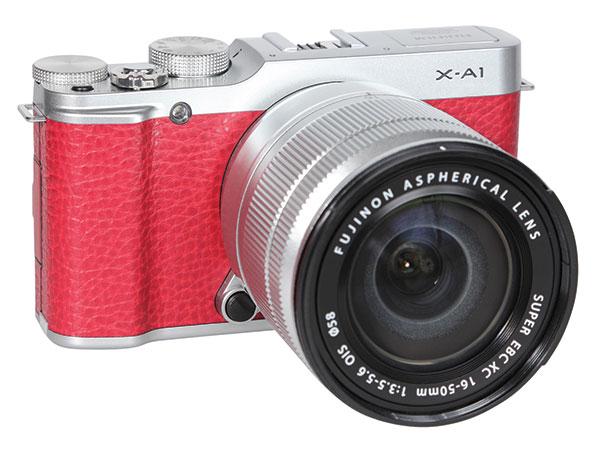Mirrorless Camera Reviews
Sort By: Post DateTitle Publish Date
|
Oct 06, 2016 |
|
Dec 31, 2014 |
|
Apr 01, 2015 |
|
Oct 11, 2024 |
|
Sep 02, 2014 |
|
Apr 24, 2015 |
|
Feb 24, 2017 |
|
Aug 20, 2013 |
First Published: Jul 01, 2013 |
|
Jul 15, 2014 |
First Published: Jun 01, 2014 |
|
Apr 24, 2018 |
|
Apr 16, 2021 |
















